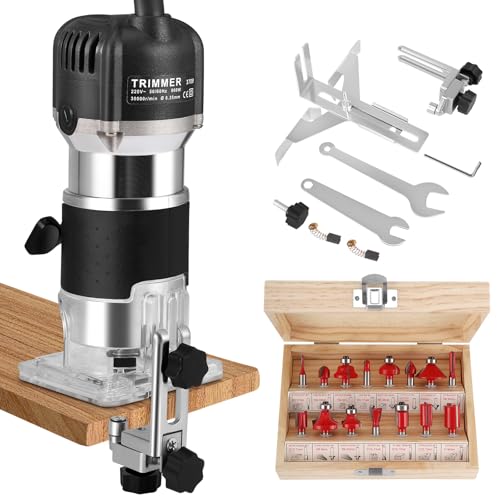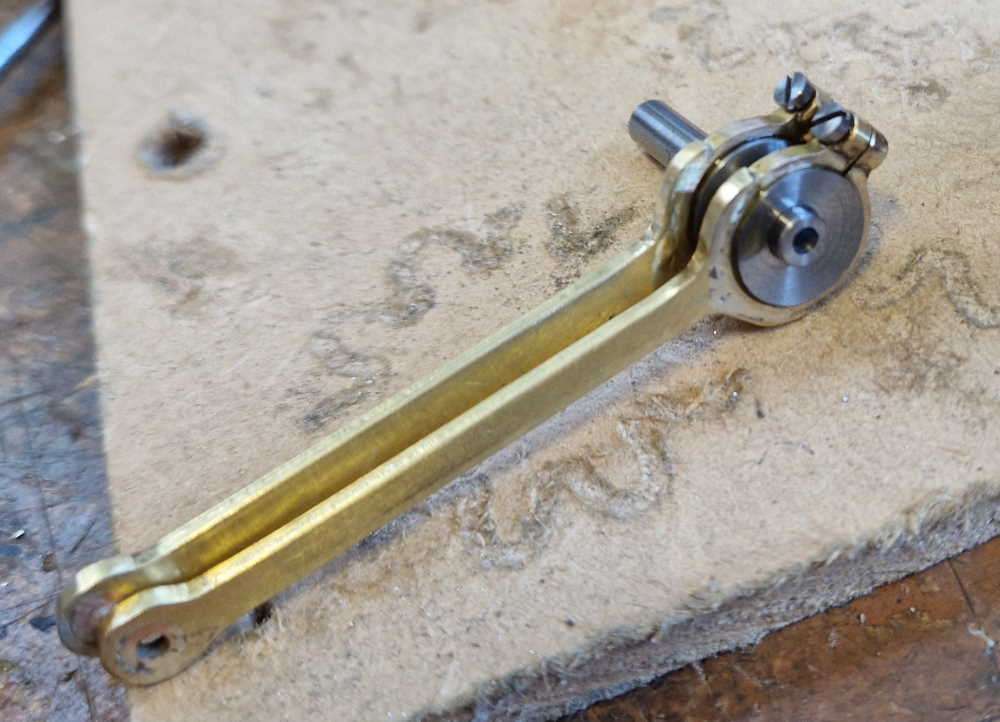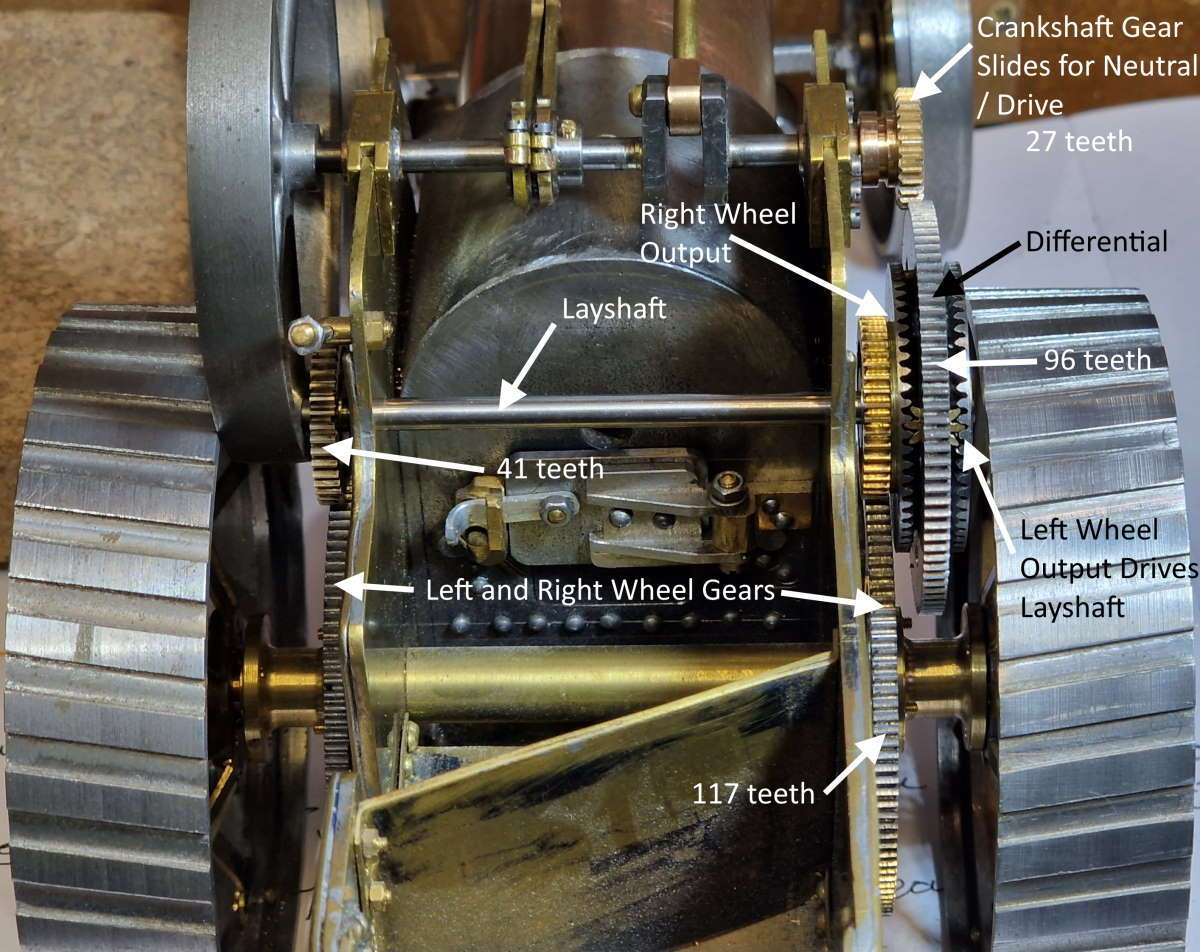I think I lean towards the more 80:20 rule and get to a point where it is good enough for what I want and move on. However, that does cause me issues, as demonstrated by the traction engine where my design and make as I go along is starting to catch up with me. The tolerance stack at this scale is building and I'm going forward one step and backwards two.....
I've been following this thread for some time and I must say Nigel, that IN GENERAL, I agree with you in principle - "near enough is good enough" - a lot of the time anyway.
And your lovely looking traction engine project epitomises that approach. And normally, "we" don't see the problems unless and until you've pointed them out. (Hugely looking forward to seeing it in steam BTW).
But with a current project of my own (nothing "fancy" or "clever" like yours) where I've applied the same "near enough is .... " approach, this IS beginning to bite me in the posterior!
While I can understand and fully appreciate member JG's approach ("... to 4 places of decimals" - I'm now paraphrasing both you Nigel, and JG too of course), with my job in the final assembly/after painting stages I AM finding some places where parts that should move smoothly together are binding a bit, while on the other hand, some parts that should fit together snugly simply don't! Both of those lead to some reworking followed by, most probably, at least paint re-touching, if not full repainting!!!
Both lead to some frustration and extra time needed to finish (especially as I'm definitely NOT a lover of painting)!
So it seems to me that the best of both worlds would be to combine the 2 approaches - i.e. use ".... to 4 places of decimals......"; NOT where it's not necessary but where it definitely IS; while using "near enough ......" where I can get away with it.
The trouble is that like my project, IF it's the first and the last time I'll do a job like that, then I don't always know/understand whereabouts in the job the 2 approaches are the correct approach - UNTIL IT'S TOO LATE that is!
I guess it's called "experience" and to me anyway, that's one of the attractions of trying to make almost anything. (Well sometimes/mostly it is, anyway)!



OK, no "value" here. Just "philosophising", FWIW
 - no where near as sophisticated as yours but sufficient to demonstrate that 'Prime' is more complex.
- no where near as sophisticated as yours but sufficient to demonstrate that 'Prime' is more complex.







































